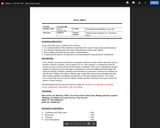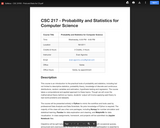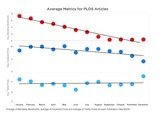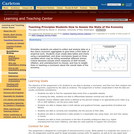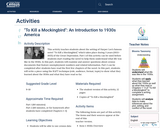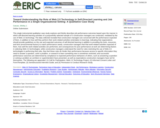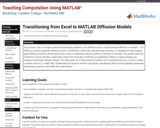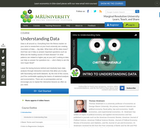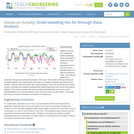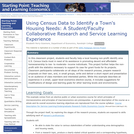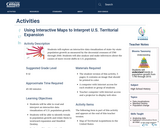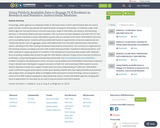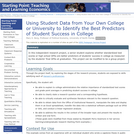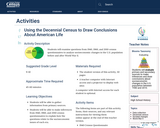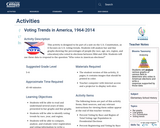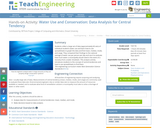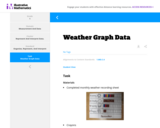Processing information is the hallmark of all modern organizations, which are increasingly digital: absorbing, processing and generating information is a key element of their business.
Being able to interact flexibly and efficiently with the underlying data and software systems is an indispensable skill. Knowledge of the Unix shell and its command-line tools boosts the effectiveness and productivity of software developers, IT professionals, and data analysts.
The Unix tools were designed, written, actively used and refined by the team that defined the modern computing landscape. They allow the performance of almost any imaginable computing task quickly and efficiently by judiciously combining key powerful concepts. The power of Unix tools for exploring, prototyping and implementing big data processing workflows, and software engineering tasks remains unmatched. Unix tools, running on hardware ranging from tiny IoT platforms to supercomputers, uniquely allow an interactive, explorative programming style, which is ideal for the efficient solution of many of the engineering and business analytics problems that we face every day.
Through the use of Unix tools:
- Software developers can quickly explore and modify code, data, and tests.
- IT professionals can scrutinize log files, network traces, performance figures, filesystems and the behavior of processes.
- Data analysts can extract, transform, filter, process, load, and summarize huge data sets.
The course is uniquely based on carefully-selected, interactive walk-through examples that demonstrate how each command operates in practice. The examples that we use involve problems that engineers and analysts face every day.
